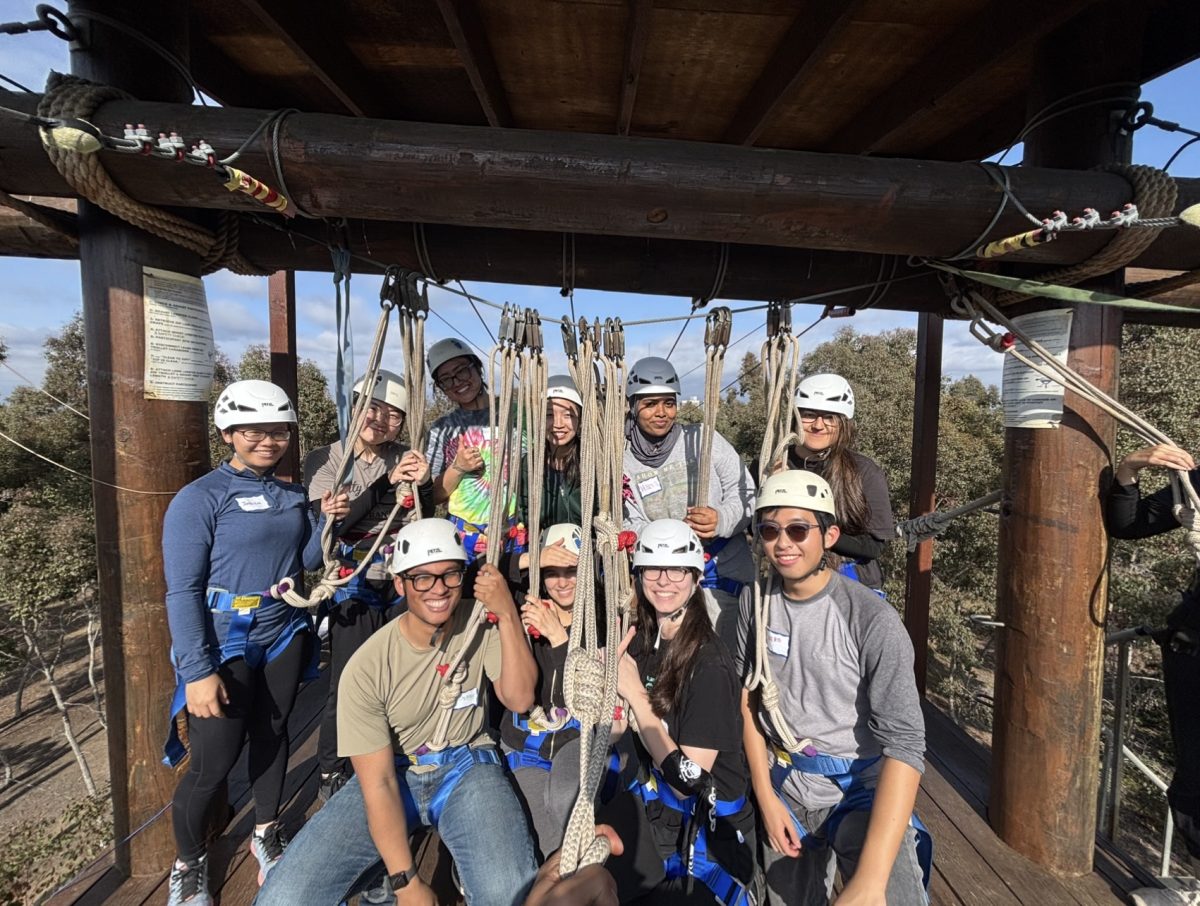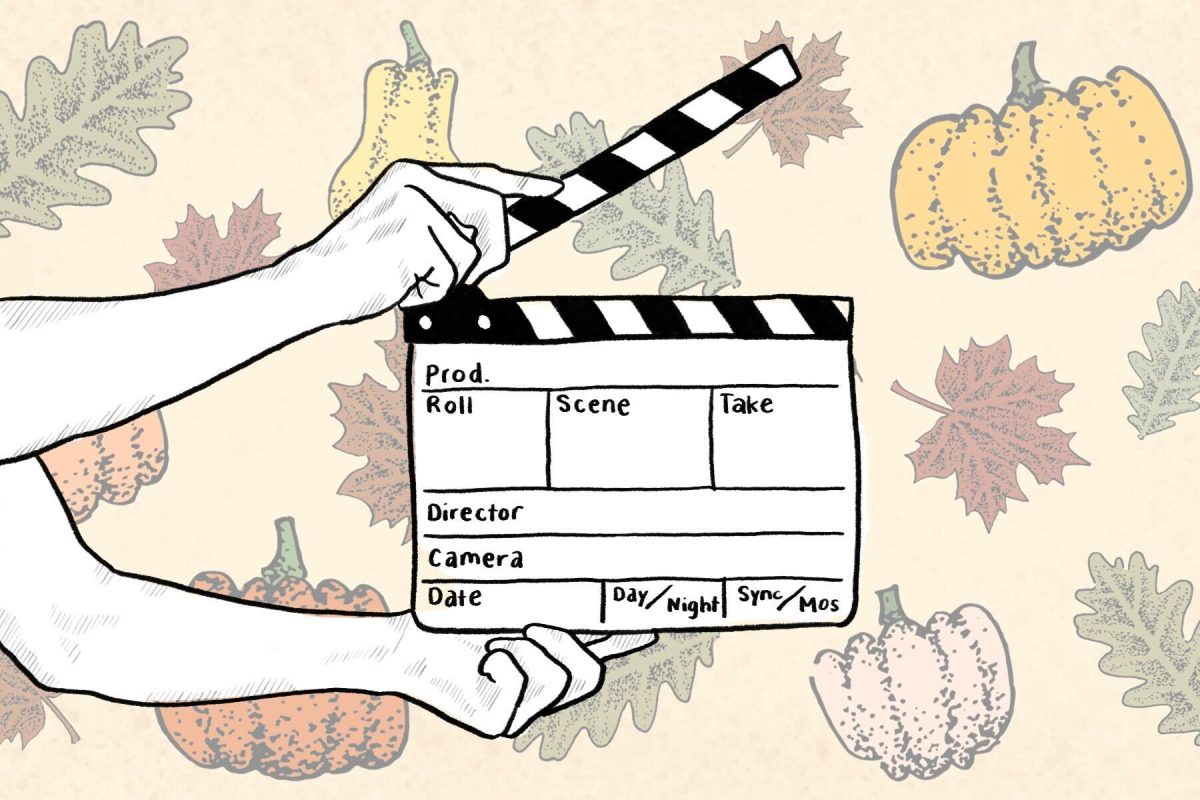The prompt was simple: “You can write and draw about anything you want in your journal: what you like to do, your favorite television show, your pets, your favorite games, anything… When you’re done with your journal,… I’ll respond by writing to you.” – John Sierra, in “Learning in Small Moments: Life in an Urban Classroom”
This was what I told my students — or a version of it — back in October 2023 when I first met the class I would be spending my time with as a student teacher. And even further back, I first read that passage in my first-ever education sciences class here at UC San Diego.
Since then, I’ve taken that initial inspiration and turned it into an opportunity — an opportunity to connect with my students on an individual level and turn their natural openness into tangible evidence of their writing progress. What started out as a no-stakes writing exercise turned into an exploration of endurance.
I was exploring writing stamina with my students: for how long can they sustain a steady stream of writing?
Often, when we ask anyone to write, their immediate thought is, “what for?” It’s very rare you ever write for writing’s sake, especially in the real world. Professional authors may personally love their craft but still write for an audience of readers. Solitary poets may hide their work from the public, yet they write to express themselves in ways the spoken word cannot. In turn, I think it can be a little ridiculous to ask students to just simply write, even if it is for practice.
With neither an audience nor a sense of personal expression or ownership, how can we expect students to be motivated to write? I sought to answer this question with our journaling as a classroom, which progressed throughout the year.
As a result of this inquiry, I was able to explore the ways in which students were truly motivated, engaged, and focused when it came to writing.
In hindsight, there were a couple things that would have made these journals so much more meaningful, especially in the context of my writing stamina exploration. I wondered how my students would do on a formal assessment.
Going into this project, I didn’t have a good understanding of their writing abilities. Of course, they slowly revealed their writing skills to me throughout the year, but I wonder if I would see significant growth in a similar assessment conducted at the end of the year, and I wonder if they would write more and for longer.
Other challenges arose too. Students would often finish early when, instead, they could have benefited from a more challenging prompt to ensure that their writing stamina was based on intrinsic motivation rather than extrinsic expectations. The vague prompt also left some students lost or without a sense of urgency or dedication. And of course, among everything asked of students throughout the school day, it was hard to be consistent with journal entries and make time for the journals.
As I look back upon these last few months of journaling with my students, I can’t help but think about what I’ll do next in my teaching career with responsive journal writing.
How can I set up routines to ensure dedicated journal writing time? How can I provide direction for students while still promoting creativity and unstructured, no-stakes writing? How can I challenge students without confusing them with complex writing prompts?
If I were to do this exploration again, I would set up checkpoints throughout the year. These checkpoints would include opportunities for self-assessment, redirection, reestablishment of guidelines and expectations, a fresh start, refocus, and optional challenges or complex prompts. While I loved the freeform nature of this project, I do think more structure and explicit guidance would have been beneficial with this specific classroom, and it would have improved my class’ writing stamina as well.
In my classroom now and in my future classrooms down the road, if I want to better promote that freeform attitude, I have to set that norm at the beginning of the year. How can we embrace creativity? How can we avoid perfectionism? How can we persevere, keep moving forward, and just write?
In terms of next steps, I’ll be considering how my prompts and responses instill that sense of progress over perfection and creativity over completion. I saw some great success when students were able to talk about their passions and interests, making the writing experience personal to them and the things they care about. Capitalizing on those eager and enthusiastic attitudes towards the things students love is something I found crucial to writing stamina. So for me, that means finding out what it is that each student is engaged by and doing all I can to infuse academic rigor into our freeform conversation.
To conclude this reflection of my time with my 3rd grade pen-pals, I wonder about the implications that lie beyond academia and relationship building. I think about how students are developing a sense of agency, independence, identity, and voice through these journals, having to consider the facets of their personality that they wish to share and make connections with. And I think about my own role, and how special it is getting to witness what my students choose to share about themselves and, in turn, want to know about me. It’s humbling, and I am immensely grateful for my students for being active participants in this exploration.
Their natural inquiry is proof of compassion, openness, and the ability to connect and accept one another. And it is this natural inquiry that will allow their writing stamina to keep growing stronger as they continue their academic journey. So, here’s to my third-grade students for a marvelous year of journaling together.
Love,
Mr. Beggs









